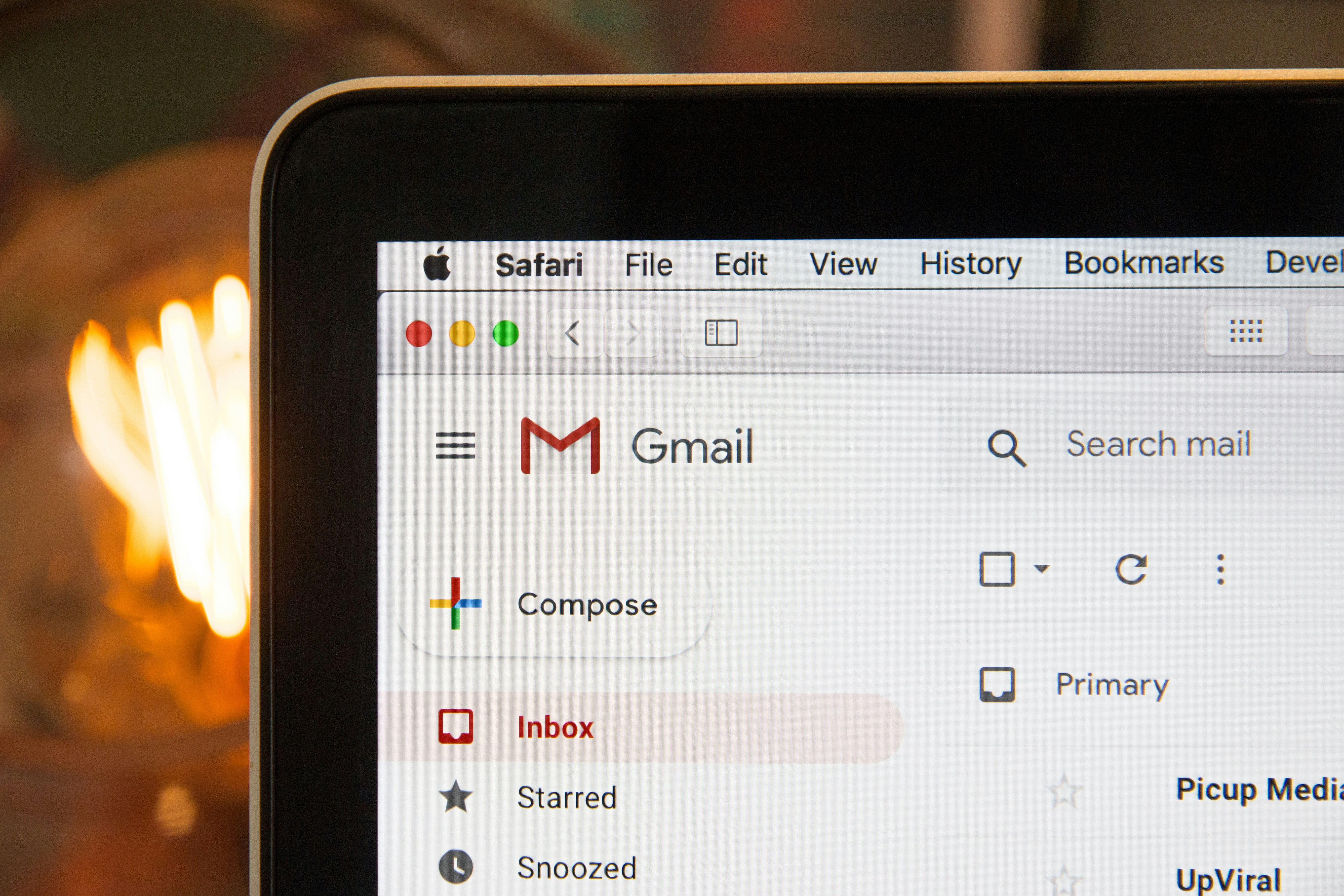Drafting Emails

Writing Sales Emails That Convert - Complete Prompting Guide
Overview: From Blank Page to Booked Meeting
Email remains the #1 channel for B2B sales, yet the average sales rep spends 90 minutes daily writing emails with only a 2% response rate. This guide will teach you how to use Colby AI to write personalized, compelling emails in seconds that actually get responses.
What You'll Learn:
The psychology behind effective sales email prompts
How to provide context that leads to personalized messages
Templates for every stage of the sales cycle
Advanced techniques for maximum response rates
Understanding How Colby Writes Emails
When you ask Colby to write an email, here's what happens behind the scenes:
Context Gathering: Pulls relevant data from Salesforce about the recipient
Pattern Recognition: Applies successful email patterns from millions of examples
Personalization: Incorporates specific details about the prospect and their company
Tone Matching: Adjusts language based on your specified approach
CTA Optimization: Crafts calls-to-action proven to drive responses
The Email Prompt Formula That Works
"Write a [email type] email to [full name and title] at [company] about [specific topic/value prop].
Context: [relevant background].
Mention [personalization points].
Tone: [communication style].
Length: [word count].
CTA: [desired action]"
Why Each Element Matters:
Email Type: Tells Colby the purpose (cold, follow-up, proposal, etc.)
Full Name and Title: Enables proper personalization and tone
Company: Allows for company-specific research and pain points
Topic/Value Prop: Focuses the message on what matters to them
Context: Provides crucial background for relevance
Personalization Points: Makes the email feel human and researched
Tone: Ensures appropriate communication style
Length: Respects recipient's time
CTA: Drives toward specific next step
Email Examples: Evolution from Poor to Powerful
❌ Poor Prompt:
"Write a sales email"
Problems:
No recipient information
No context or purpose
No personalization possible
Generic, ineffective output
✅ Basic Prompt:
"Write a cold email to John Smith at ABC Corp about our software"
Better Because:
Identifies recipient
Specifies cold outreach
Names the company
Still lacks personalization
✅✅ Good Prompt:
"Write a cold email to John Smith, VP of Sales at ABC Corp, about our sales automation software. Keep it under 150 words and professional."
Improvements:
Includes title for appropriate tone
Specifies product category
Sets length constraint
Defines tone
✅✅✅ Excellent Prompt:
"Write a cold email to John Smith, VP of Sales at ABC Corp, about our sales automation software.
Context: They just raised $50M Series B and are scaling from 100 to 300 sales reps.
Mention their recent TechCrunch article about scaling challenges.
Focus on how we help growing sales teams maintain quality while scaling.
Tone: Consultative and peer-to-peer.
Length: Under 125 words.
CTA: 15-minute call next week to share how similar companies handled this growth."
Why This Is Excellent:
Rich context about their situation
Specific personalization (TechCrunch article)
Relevant value proposition (scaling challenges)
Appropriate tone for VP-level
Respects time with length limit
Clear, specific call-to-action
Email Types and Optimal Prompting Strategies
1. Cold Outreach Emails
Purpose: First contact with a prospect Goal: Start a conversation, not make a sale
Optimal Prompt Structure:
"Write a cold email to [Name, Title] at [Company].
Research shows they [specific challenge/opportunity].
We help [similar companies] achieve [specific outcome].
Reference [recent trigger event].
Tone: Curious and helpful, not salesy.
Length: 100-125 words.
CTA: Question about their current approach or offer to share insights."
Real Example:
"Write a cold email to Sarah Chen, CFO at TechStartup.
They just announced expansion to Europe and will need financial compliance help.
We help US companies navigate European financial regulations.
Reference their CEO's LinkedIn post about international expansion challenges.
Tone: Peer-to-peer, consultative.
Length: 100 words.
CTA: Ask if they've figured out VAT compliance yet or offer to share our expansion checklist."
2. Follow-Up Emails
Purpose: Continue conversation after initial contact Goal: Move the deal forward
Follow-Up After No Response:
"Write a follow-up email to [Name] at [Company].
I sent an email [timeframe] about [original topic].
They haven't responded yet.
Add new value: [insight, case study, or news].
Tone: Persistent but respectful.
Length: 75 words.
CTA: Different from original (if first was for a call, try sending resource)."
Follow-Up After Meeting:
"Write a follow-up email to [Name] after our [meeting type] on [date].
Key points discussed: [main topics].
Their main concerns: [specific objections].
Next steps we agreed on: [commitments].
Attach: [relevant materials].
Tone: Confident and organized.
Length: 150 words.
CTA: Confirm next meeting date and agenda."
3. Value-Adding Emails
Purpose: Build relationship by providing insights Goal: Position yourself as trusted advisor
Optimal Prompt:
"Write an email to [Name] at [Company] sharing insights about [industry trend/news].
Connect this to their business: [specific impact].
Include data: [relevant statistics].
Our perspective: [unique viewpoint].
Tone: Thought leader sharing with peer.
Length: 200 words.
CTA: Soft - thoughts on the trend or offer to discuss implications."
4. Meeting Request Emails
Purpose: Secure time on their calendar Goal: Get a confirmed meeting
Optimal Prompt:
"Write a meeting request email to [Name] at [Company].
Purpose: [specific agenda].
Value for them: [what they'll learn/gain].
Duration: [time request].
Options: [provide 3 specific time slots].
Urgency: [reason to meet soon].
Tone: Respectful of their time.
Length: 100 words.
CTA: Which time works best or link to calendar tool."
5. Proposal/Quote Emails
Purpose: Present formal offer Goal: Move to negotiation/close
Optimal Prompt:
"Write a proposal email to [Name] at [Company].
Recap their needs: [specific requirements].
Our solution: [what we're proposing].
Investment: [price/terms].
ROI/Value: [specific metrics].
Timeline: [implementation schedule].
Reference: [similar customer success].
Tone: Confident and professional.
Length: 250 words.
CTA: Schedule call to review together."
Advanced Email Personalization Techniques
Technique 1: Multi-Threading
"Write an email to introduce myself to [New Contact] at [Company].
Context: I've been working with [Existing Contact] on [Project].
[Existing Contact] suggested I connect with you about [Specific Area].
Show familiarity with their role: [Their Responsibility].
Tone: Warm referral.
CTA: Continue the conversation [Existing Contact] and I started."
Technique 2: Trigger-Based Outreach
"Write an email to [Name] at [Company] about [Trigger Event].
Trigger: [New funding, acquisition, leadership change, etc.]
Why it matters: [Specific implications for their business].
How we help: [Relevant solution for this situation].
Proof: [Similar company who succeeded with us during same trigger].
Tone: Timely and insightful.
CTA: Share best practices for navigating [situation]."
Technique 3: Account-Based Personalization
"Write an email to [Name] at [Company].
Research: They use [Technology Stack].
Their industry challenge: [Specific trend affecting them].
Their company initiative: [From annual report/website].
Competitor movement: [What others in space are doing].
Our unique angle: [How we specifically help with all above].
Tone: Deeply researched and strategic."
Common Email Mistakes and How to Fix Them
Mistake 1: Not Enough Context
❌ "Write a follow-up email to John" ✅ "Write a follow-up to John Davis, CTO at CloudCo, after our demo yesterday where he was concerned about API limitations"
Mistake 2: Wrong Tone for Audience
❌ "Write a casual email to the CEO" ✅ "Write an executive-level email to the CEO, formal but not stiff, showing respect for their time"
Mistake 3: Weak CTAs
❌ "End with 'let me know your thoughts'" ✅ "CTA: Propose two specific times this week for a 20-minute call to discuss implementation timeline"
Mistake 4: Too Long or Too Short
❌ "Write a detailed email" (results in 500+ words) ✅ "Write a 150-word email that covers X, Y, and Z concisely"
Email Performance Optimization
A/B Testing with Colby
"Write 2 versions of a cold email to [same person]:
Version A: Focus on cost savings
Version B: Focus on revenue growth
Keep all other elements the same"
Subject Line Optimization
"Generate 5 subject lines for an email about [topic] to [audience]. Mix of: questions, numbers, urgency, curiosity, and personalization"
Time-Based Variations
"Write a Friday afternoon email vs Monday morning email to [same person]. Adjust tone and CTA based on timing"
Measuring Email Success
Key Metrics to Track:
Open rates by email type
Response rates by personalization level
Meeting book rates by CTA type
Template performance over time
Success Indicators:
40%+ open rates (vs 20% average)
15%+ response rates (vs 2% average)
50% of responses lead to meetings
75% reduction in email writing time
Pro Tips for Email Excellence
Build a Prompt Library Save prompts for common scenarios:
Include Anti-Spam Elements
Mobile Optimization
Sequence Thinking
Practice Scenarios
Scenario 1: The Cold Prospect
"Write a cold email to a VP of Sales at a 200-person SaaS company who just posted on LinkedIn about missing their Q3 target"
Scenario 2: The Stalled Deal
"Write a re-engagement email to a prospect who was excited 3 months ago but has gone silent after receiving our proposal"
Scenario 3: The Executive Reach
"Write an email to the CEO after having 3 good calls with their director, making the business case for executive involvement"




